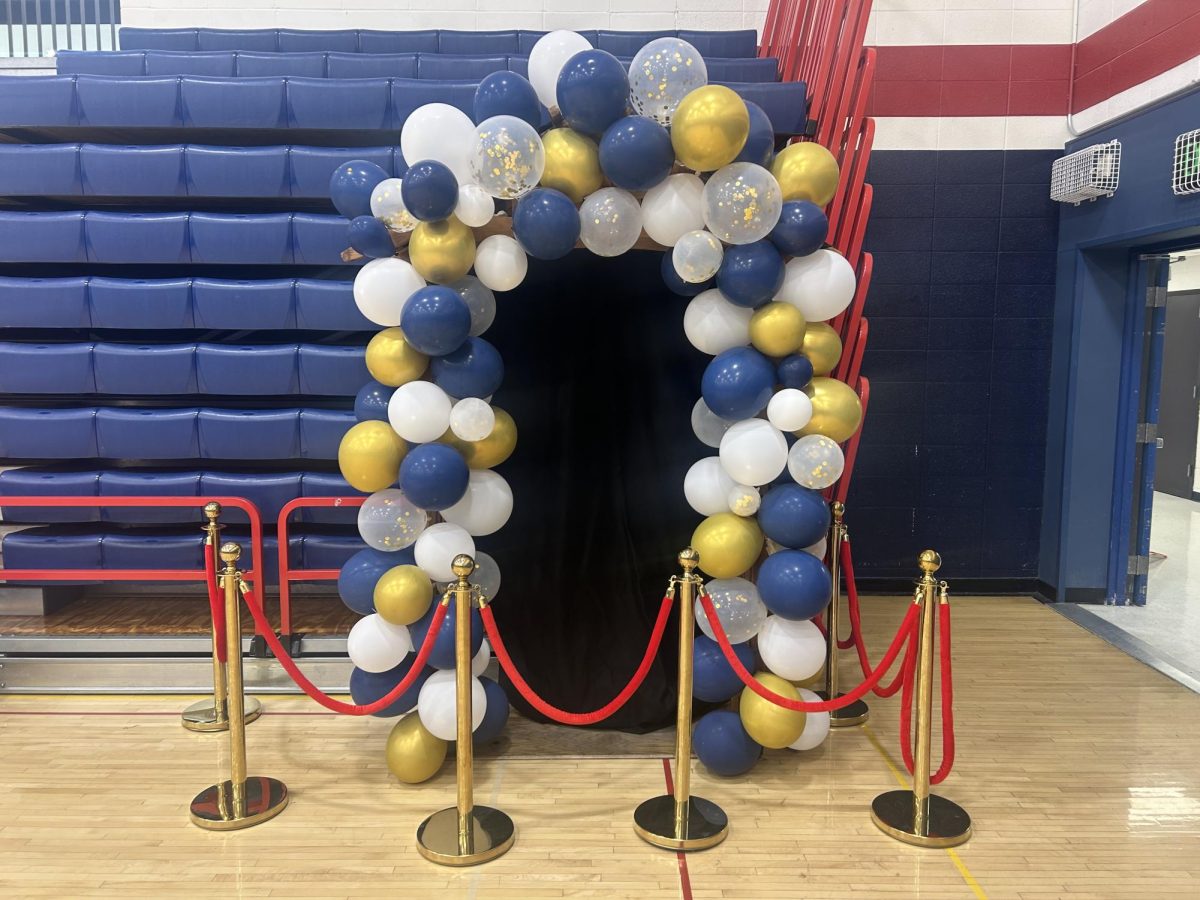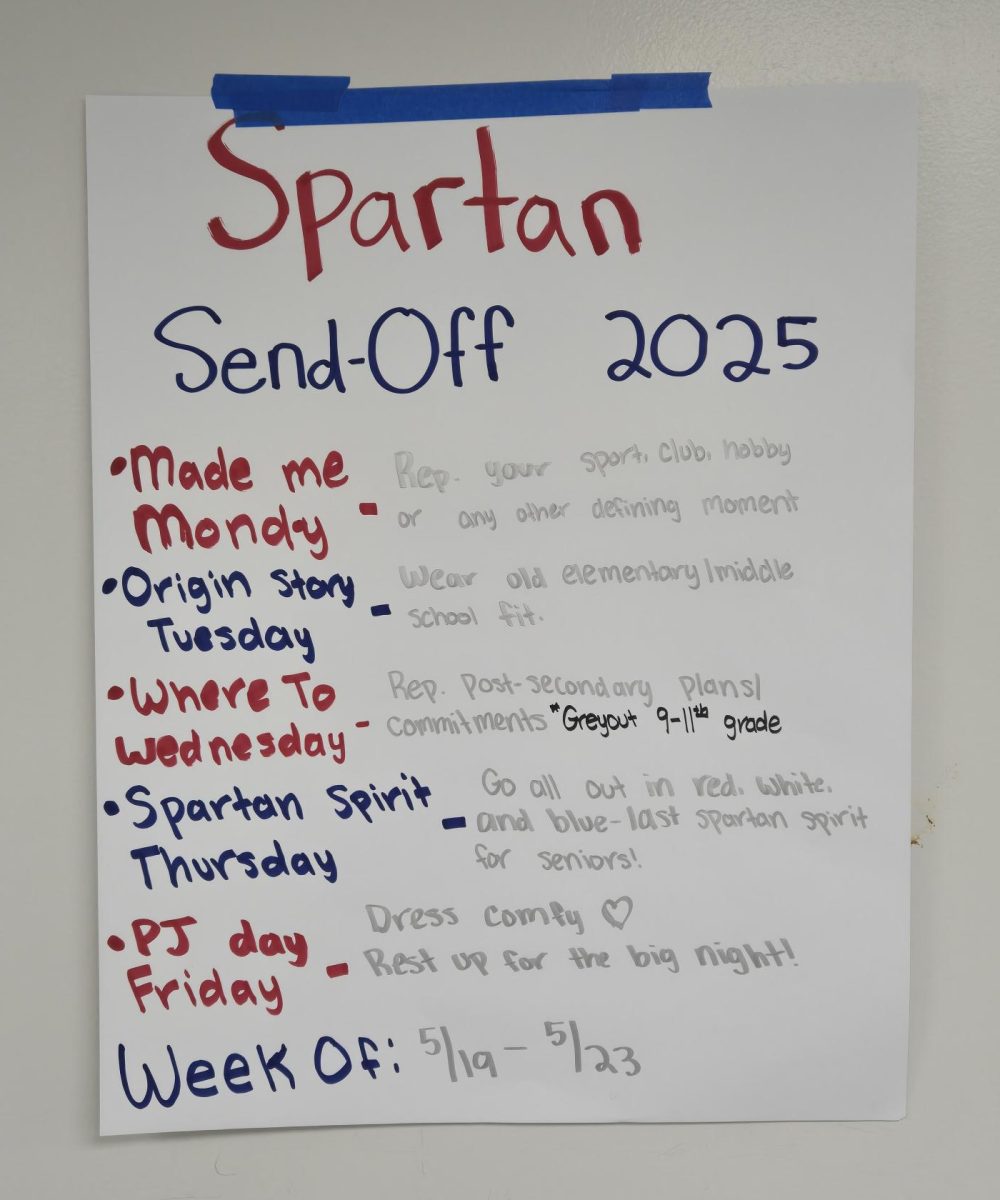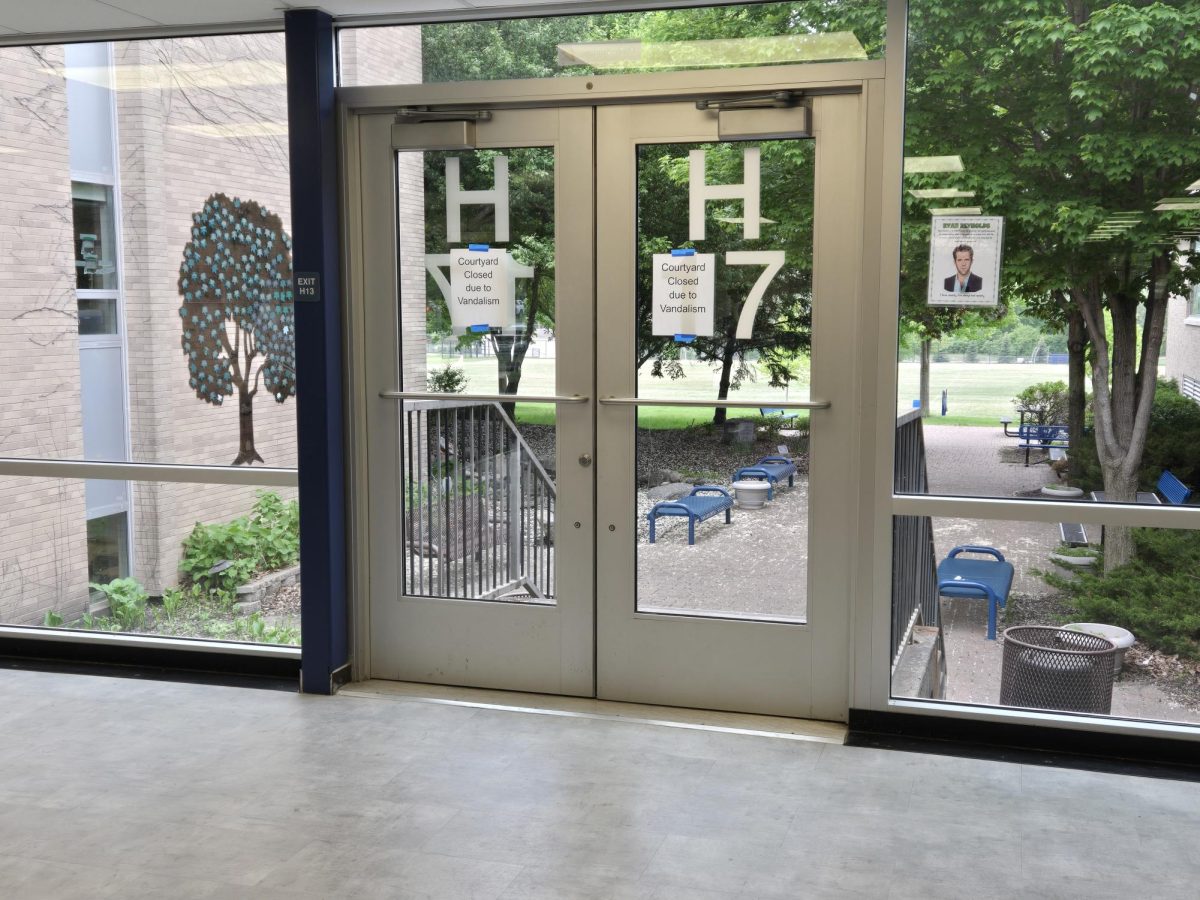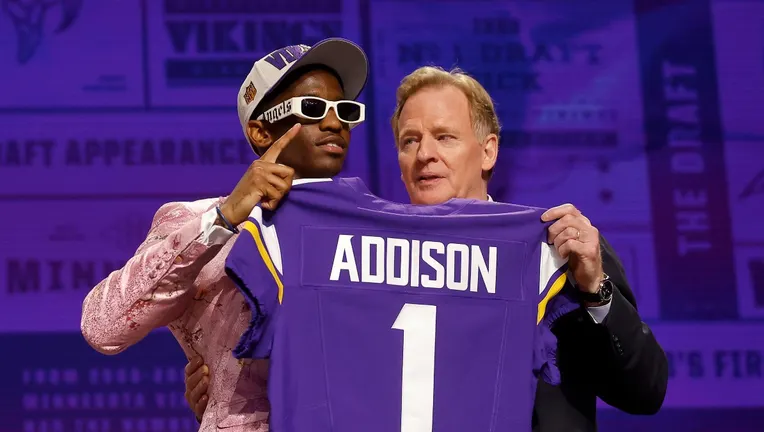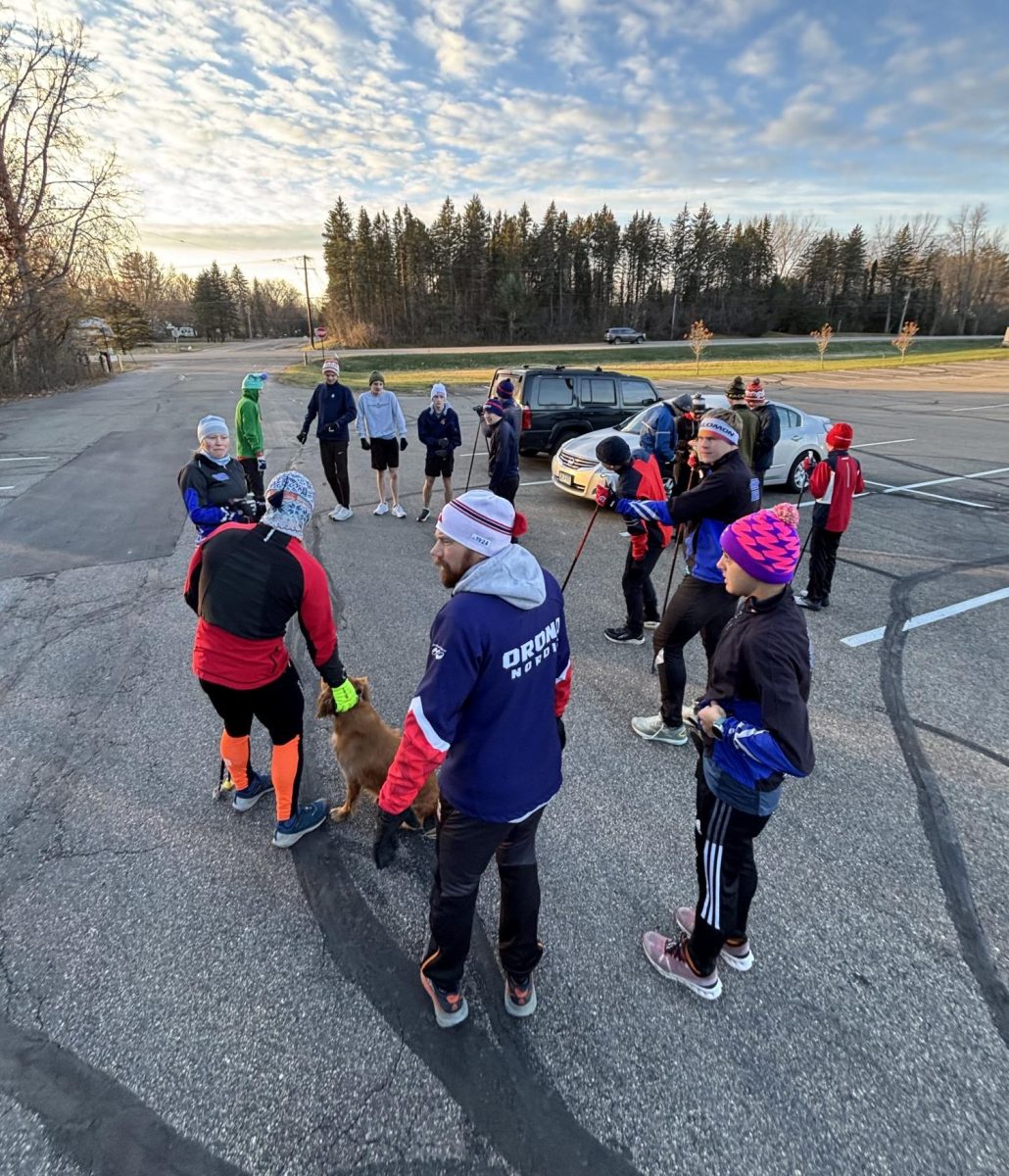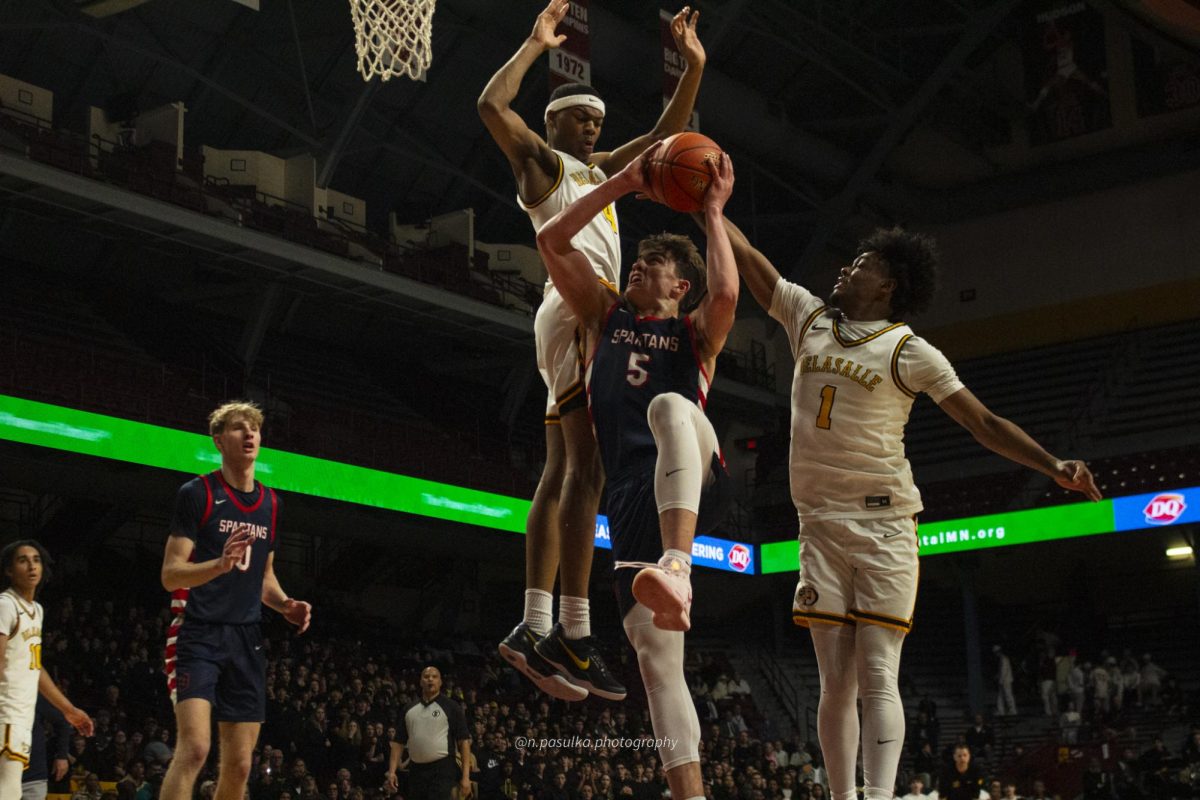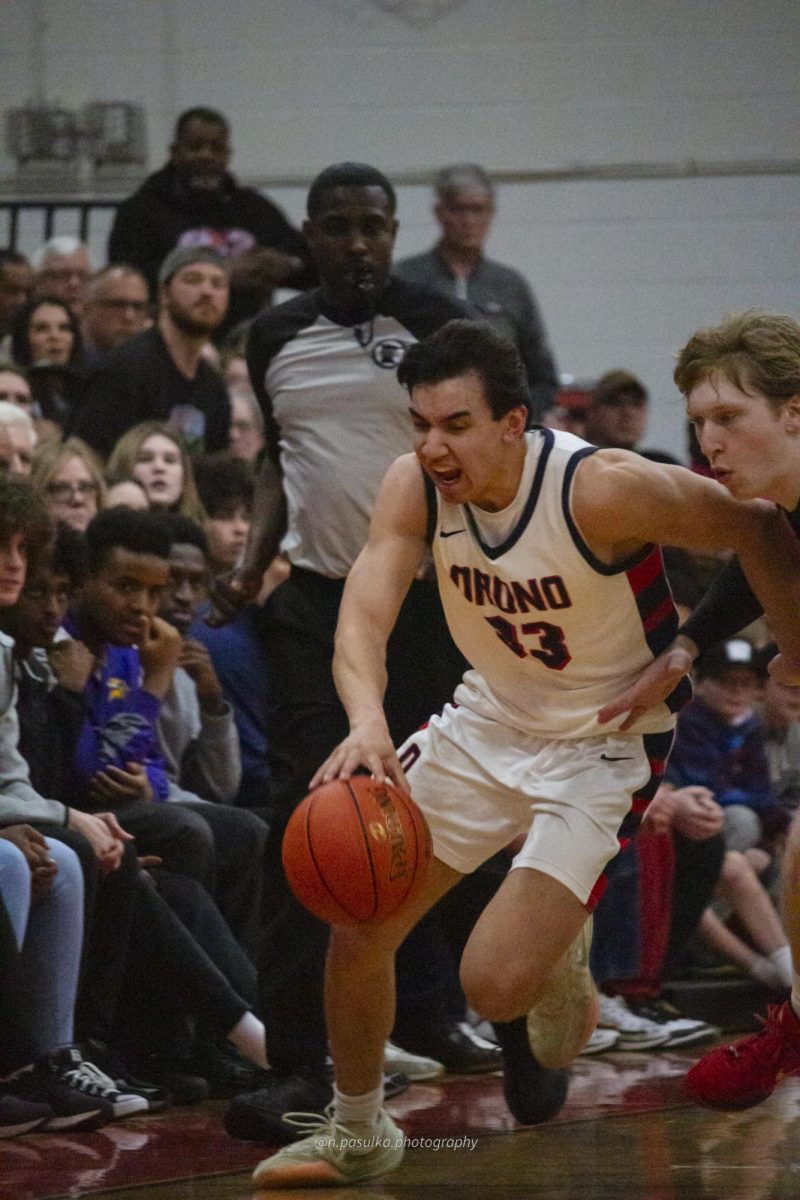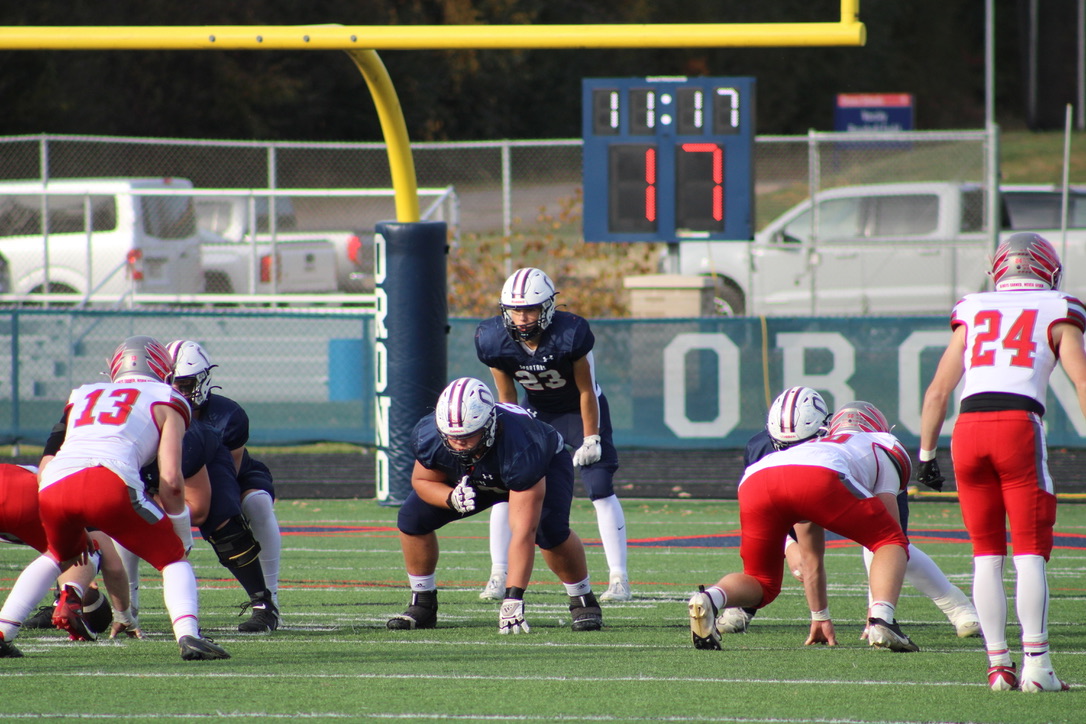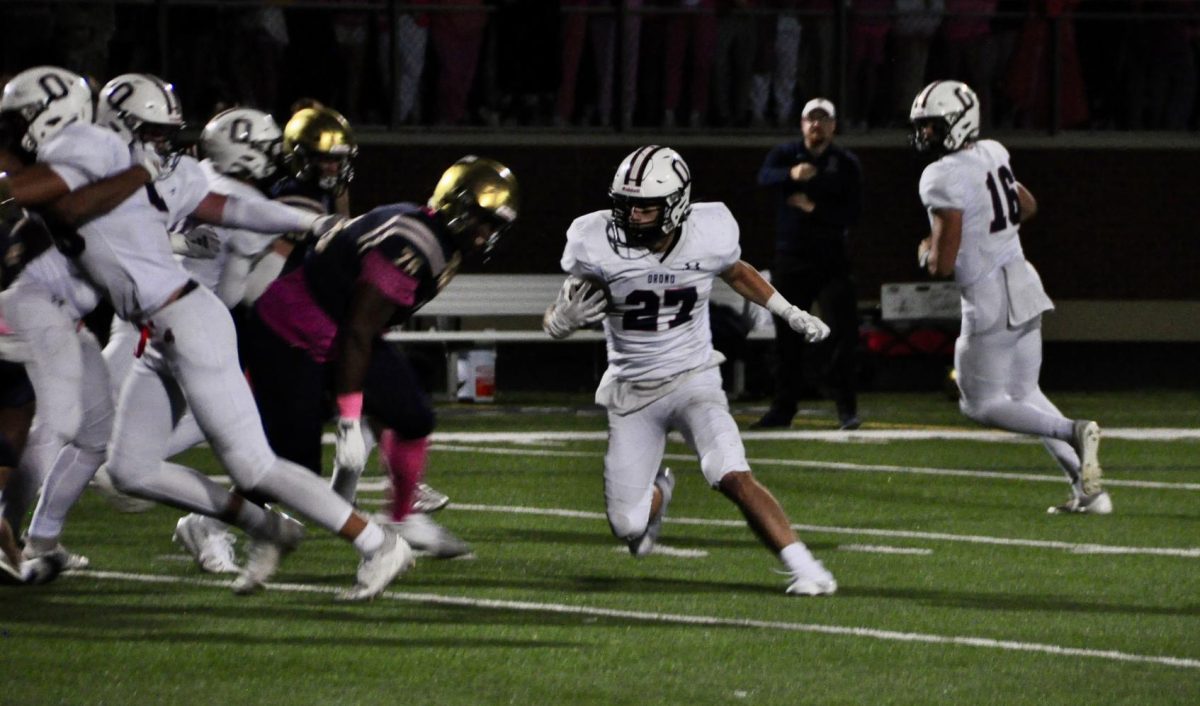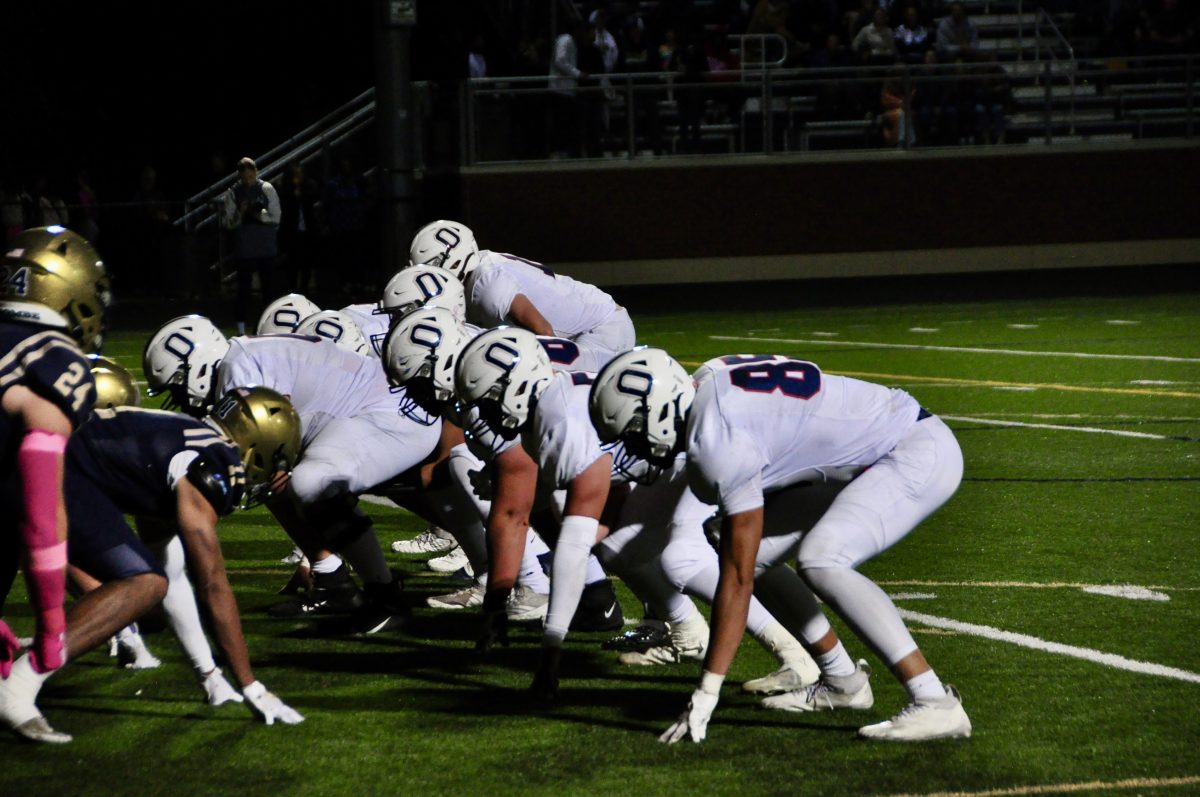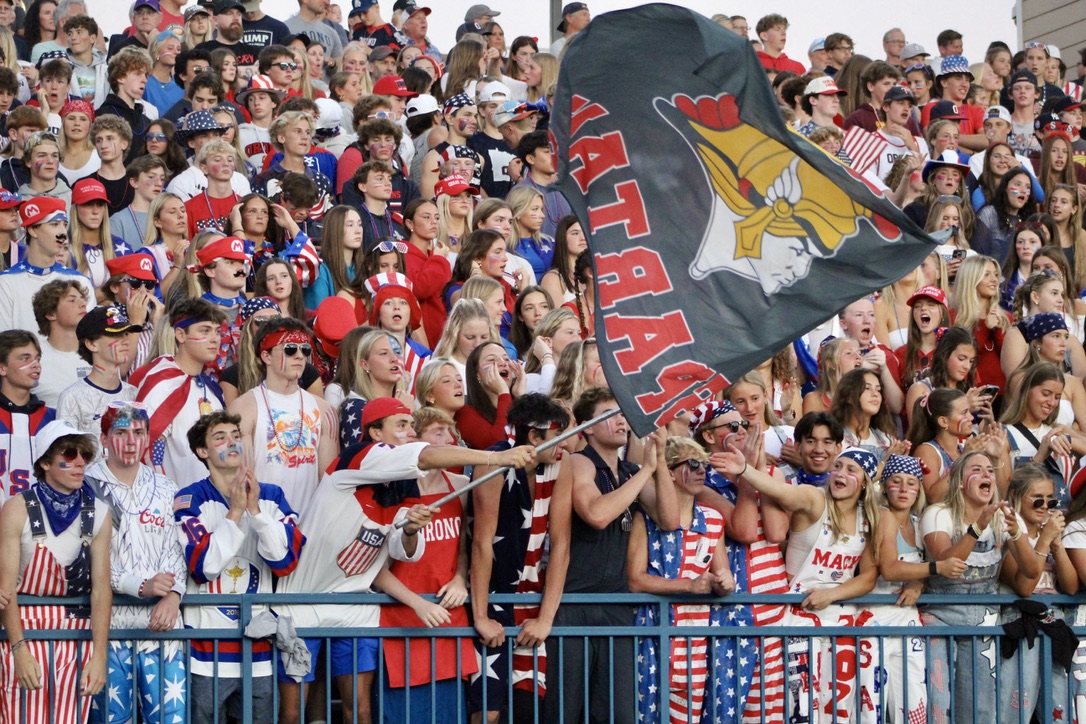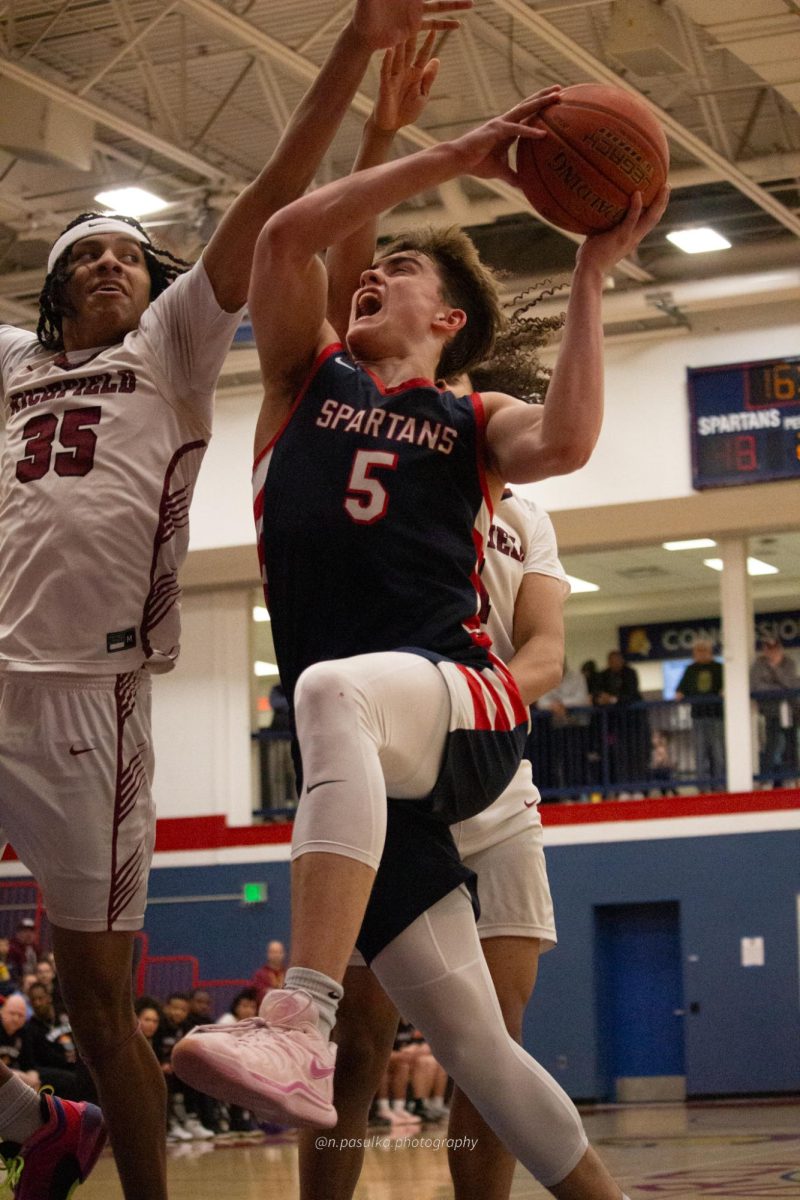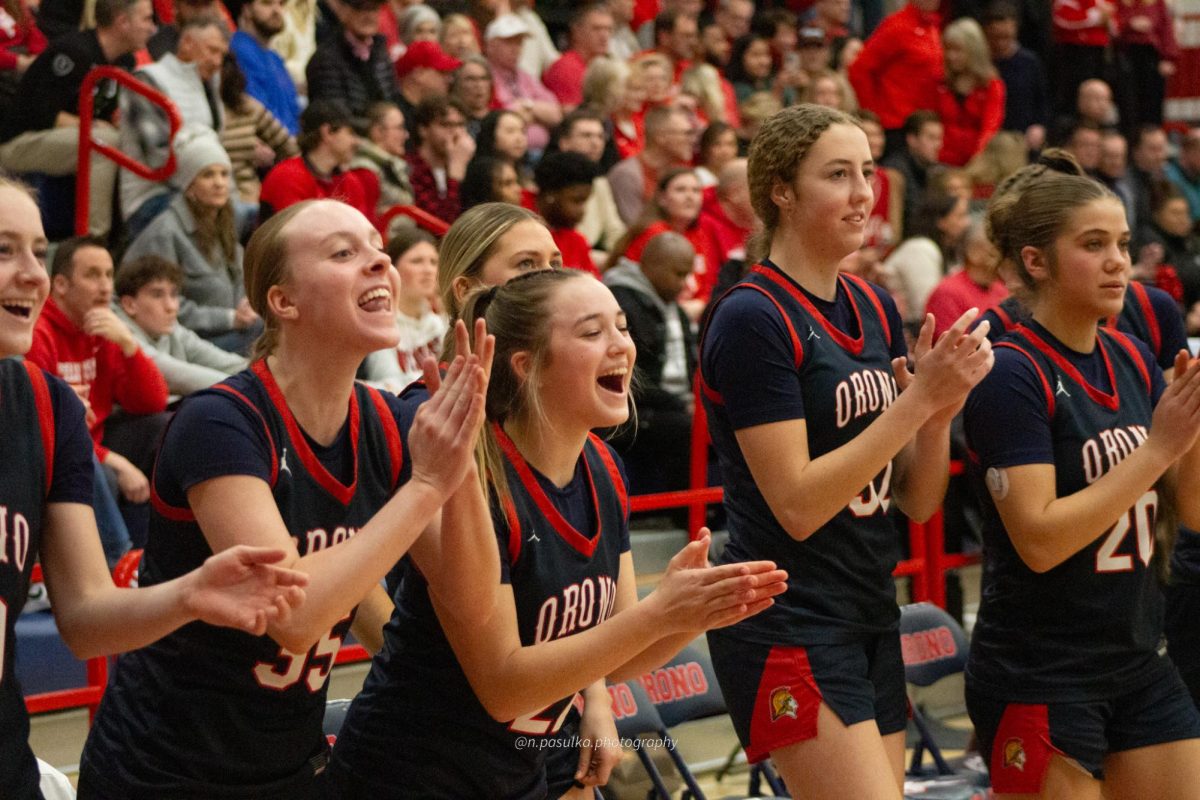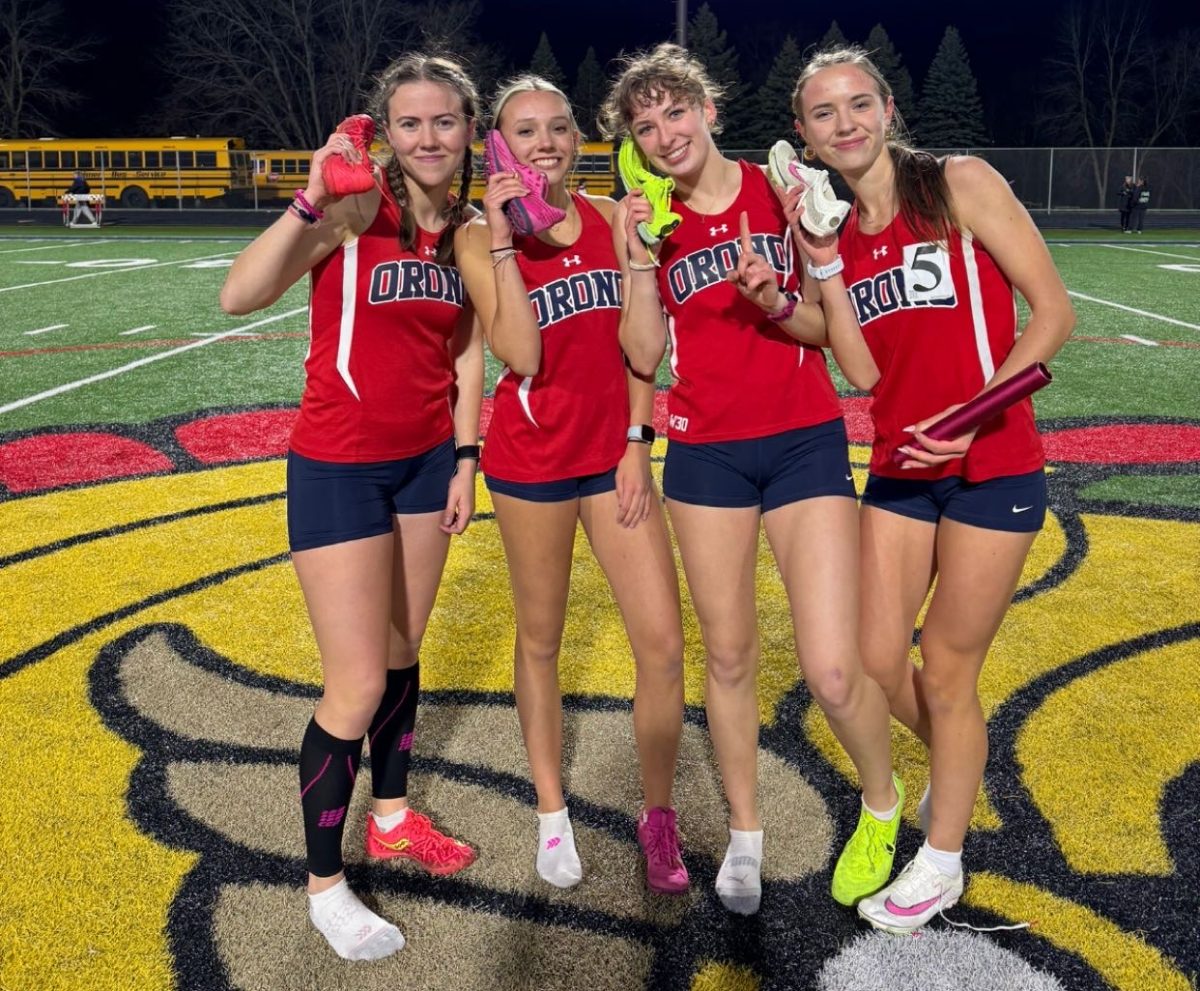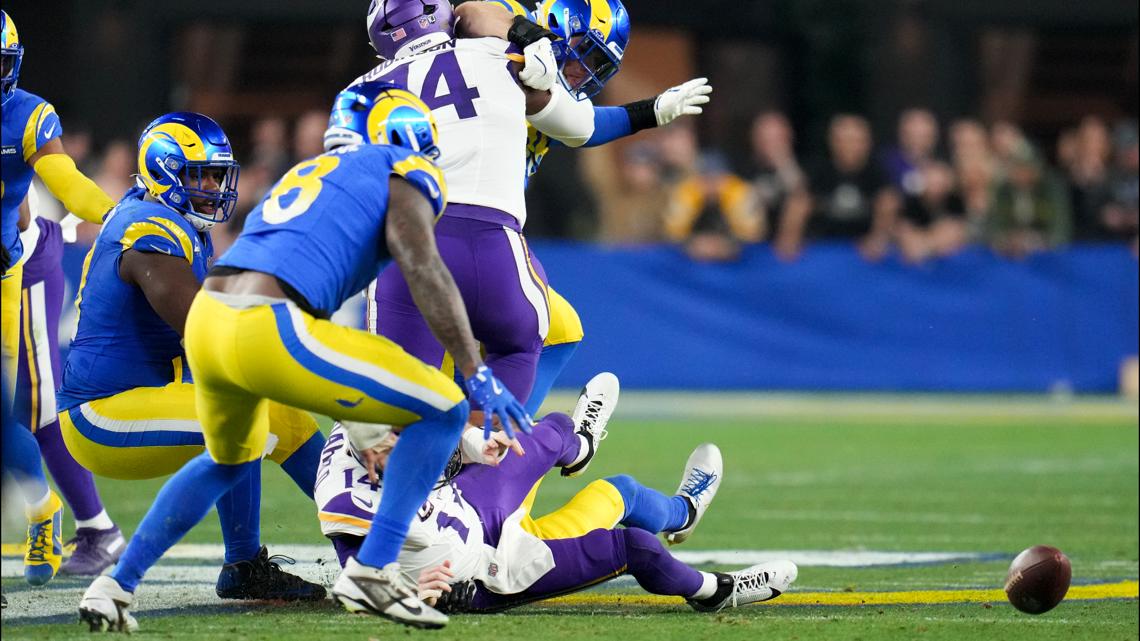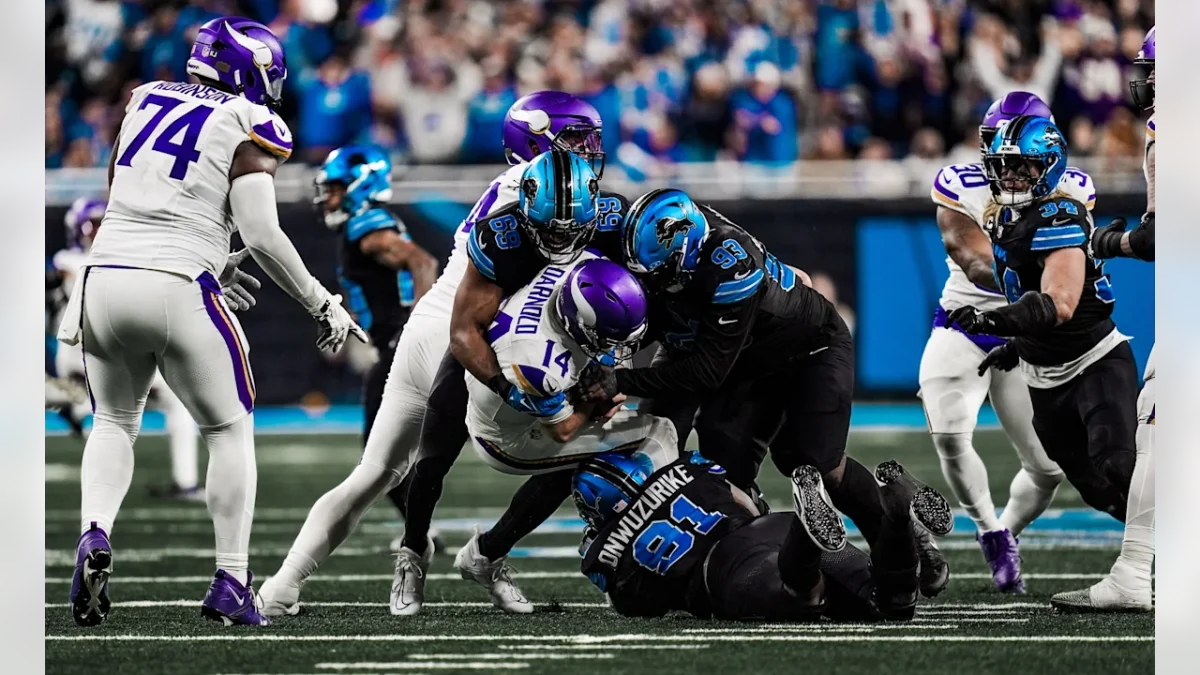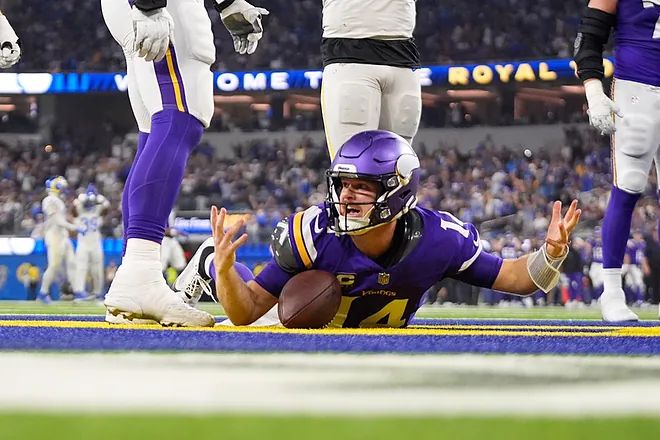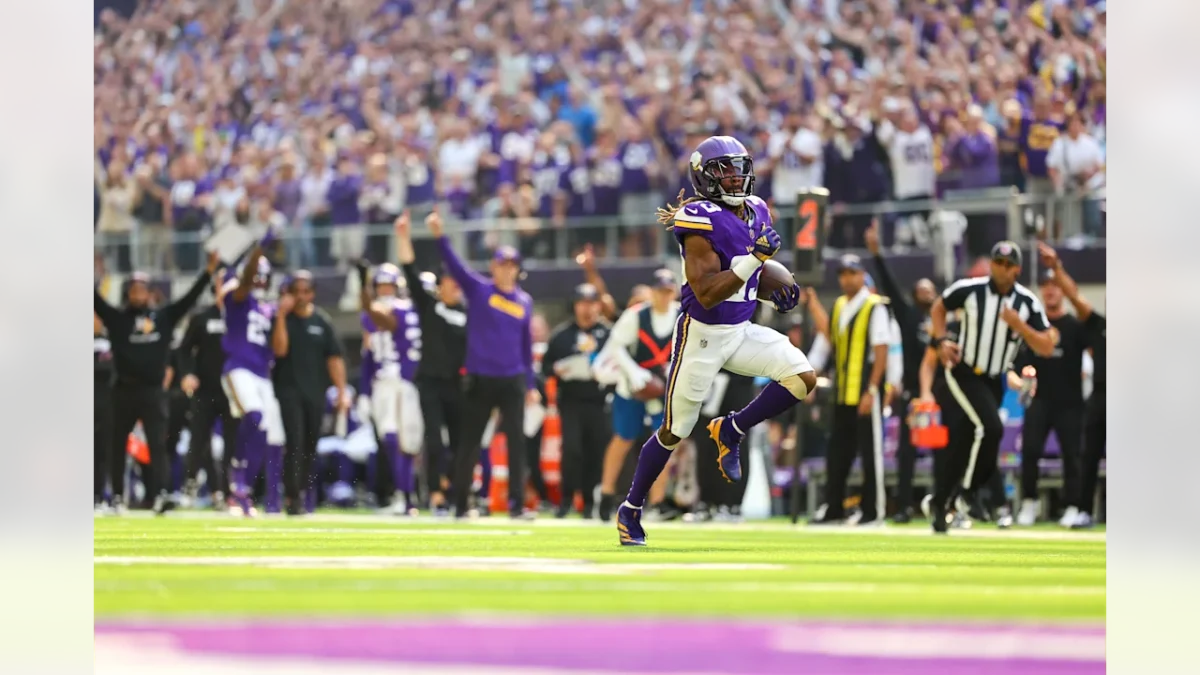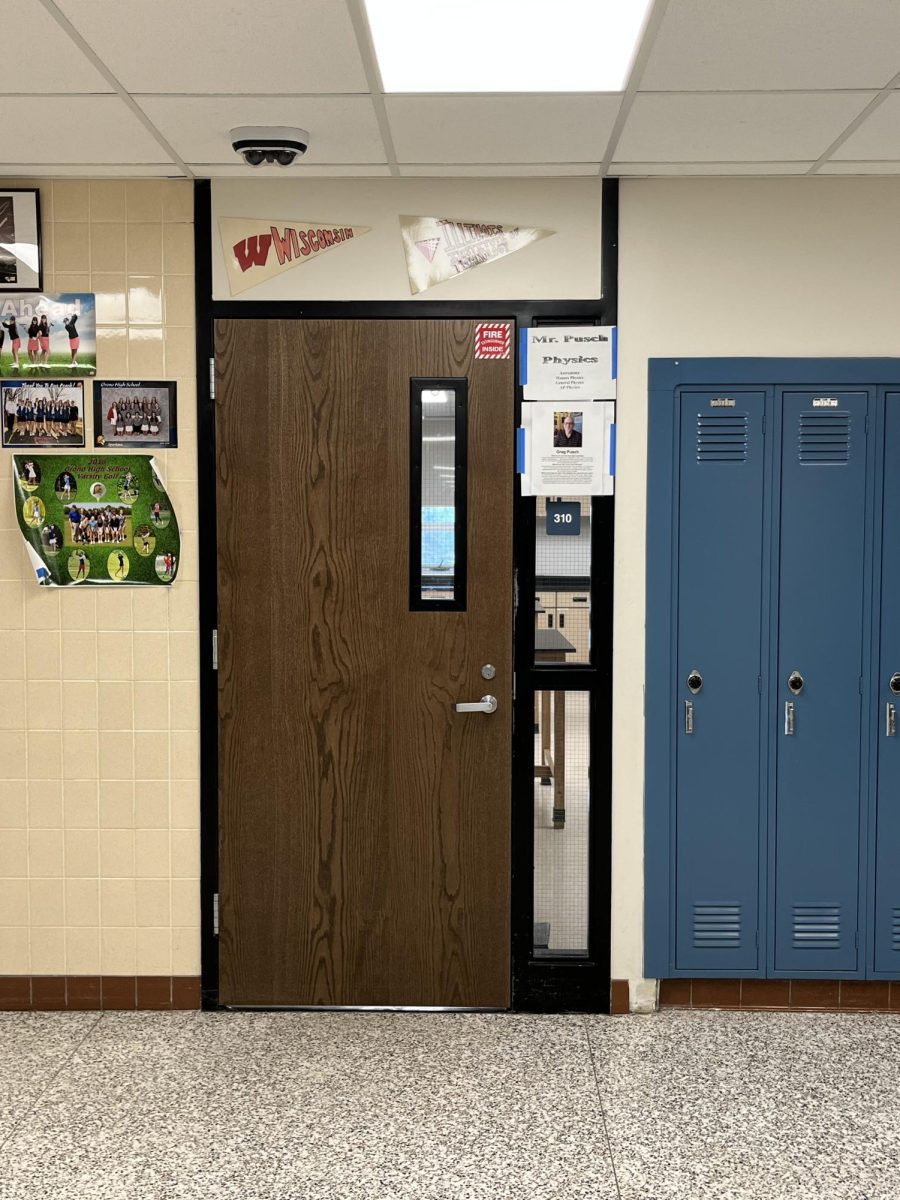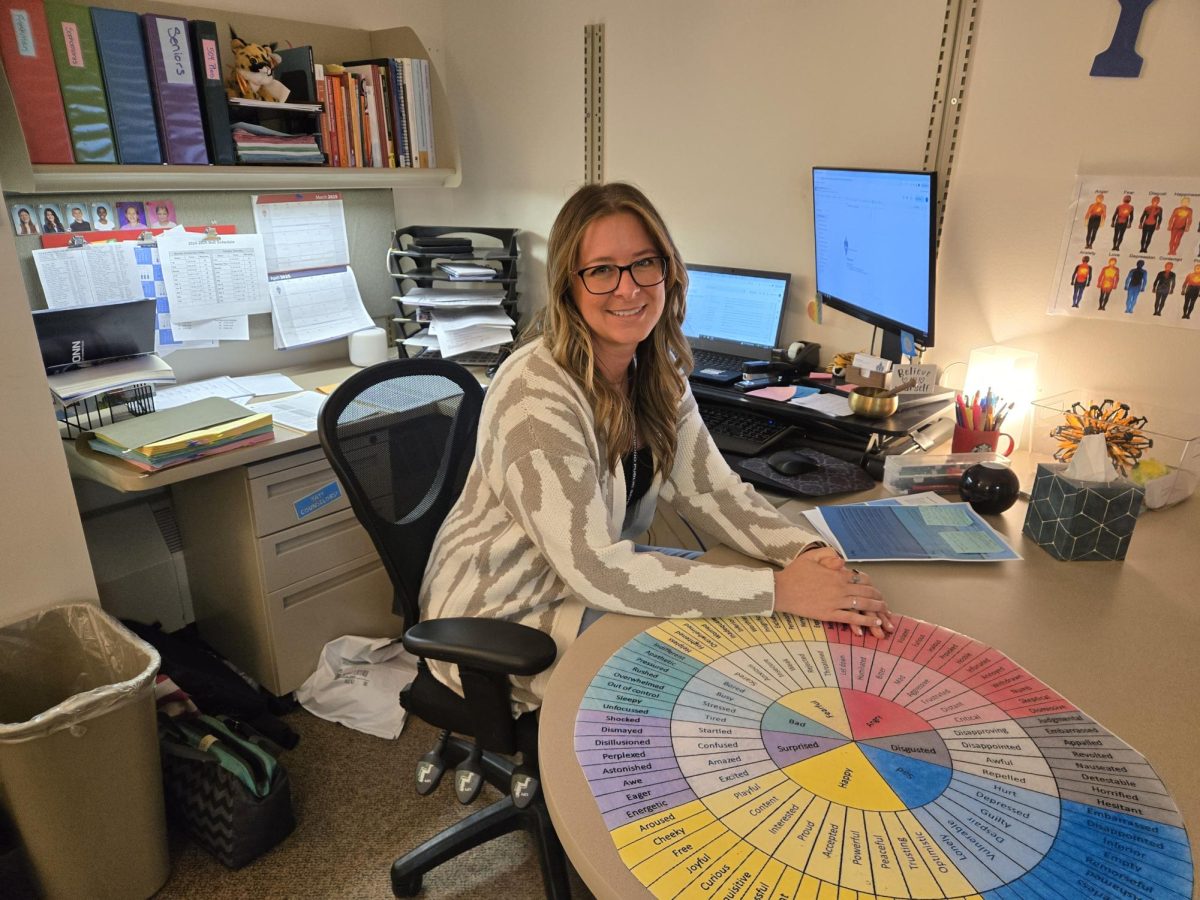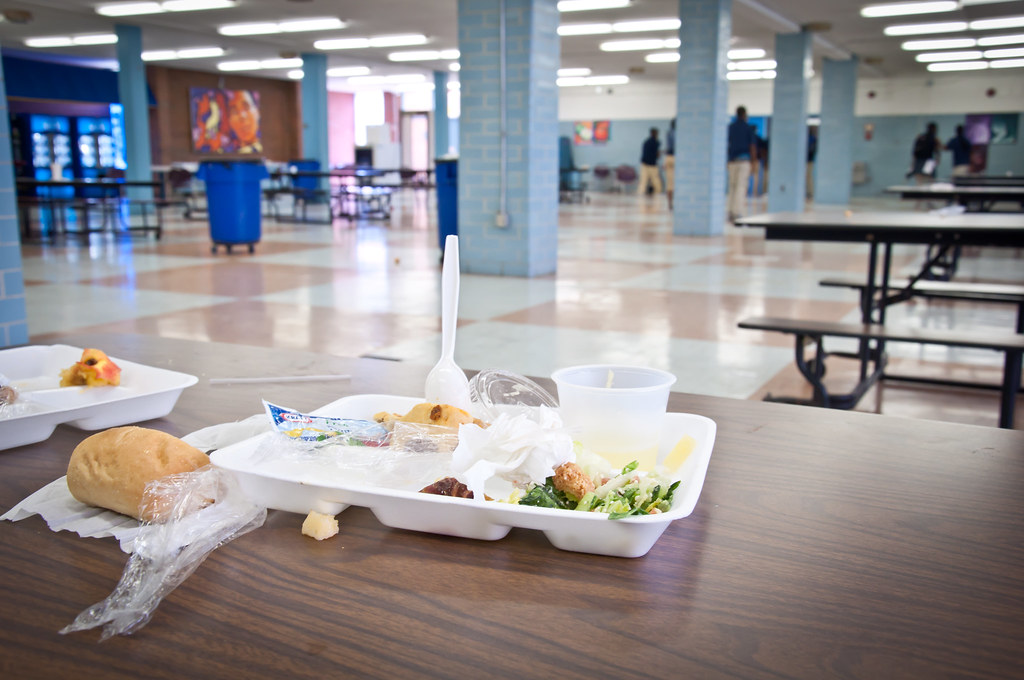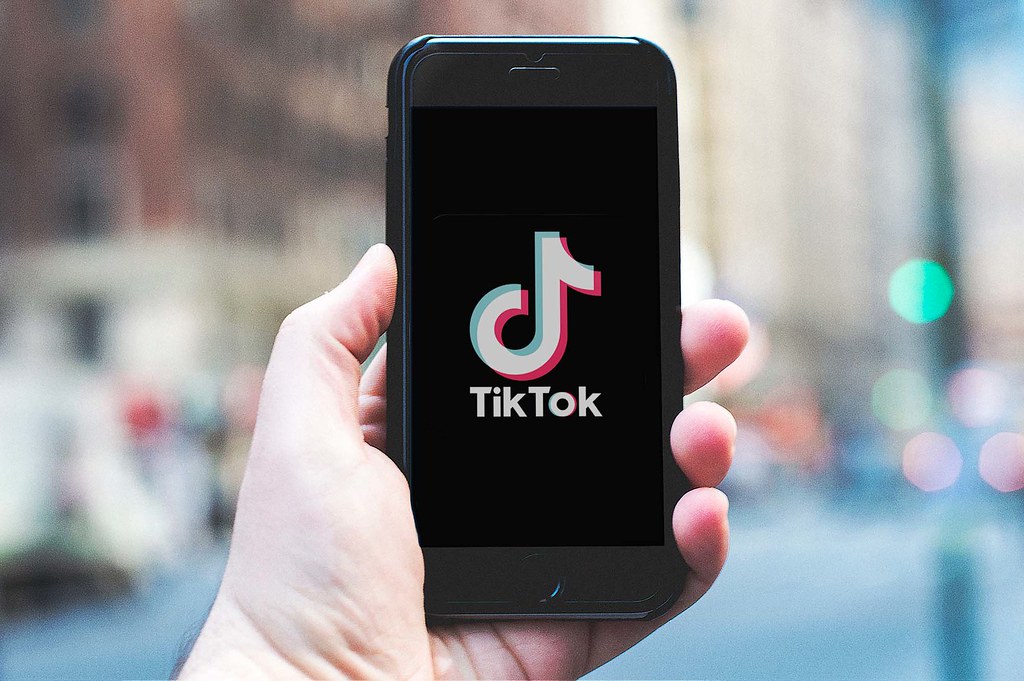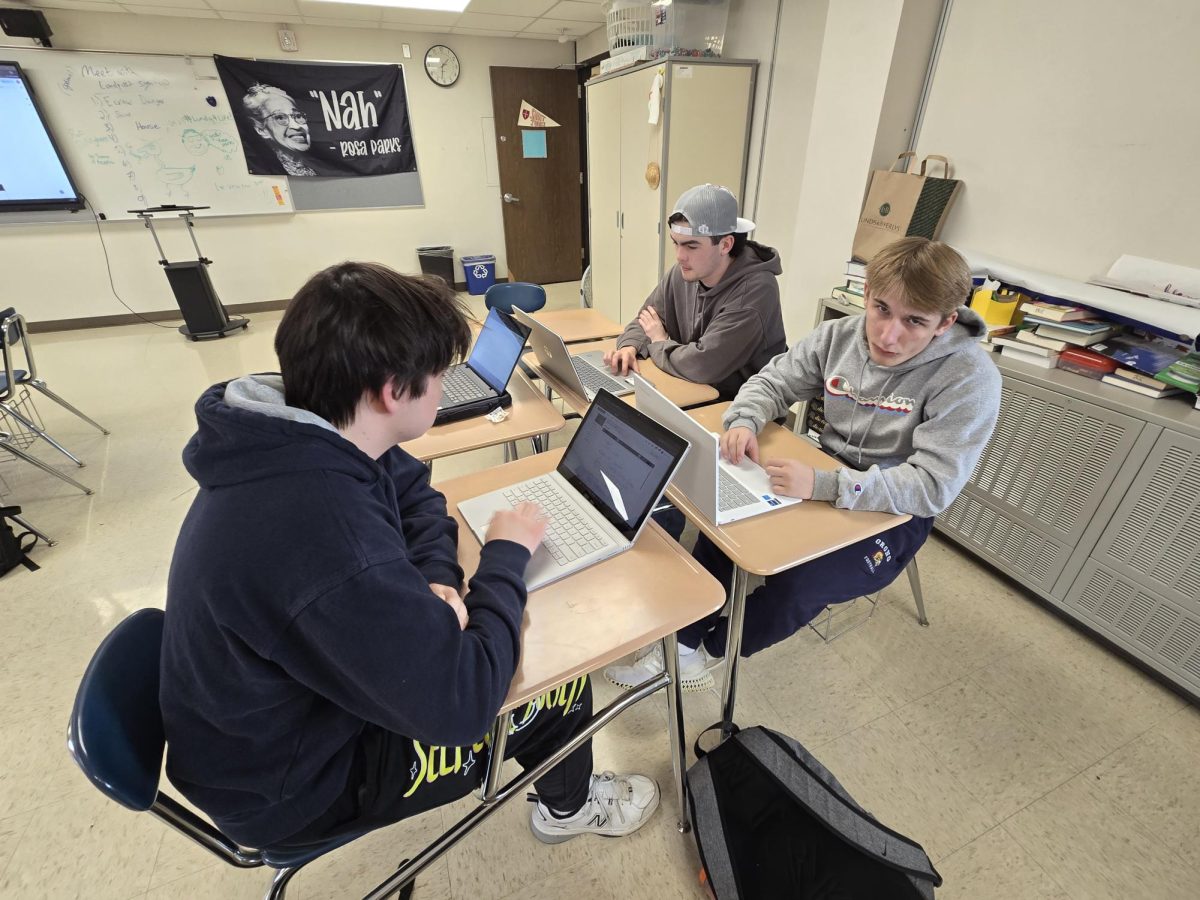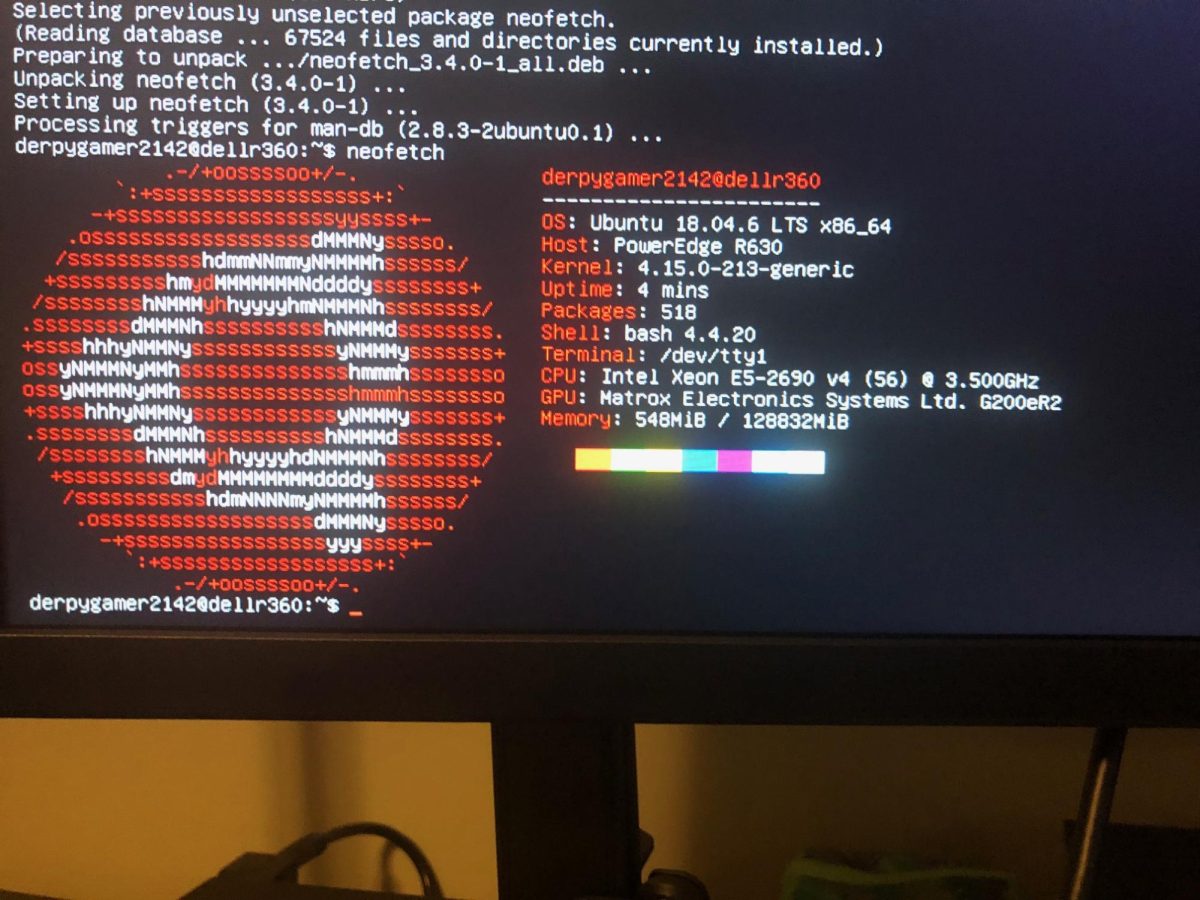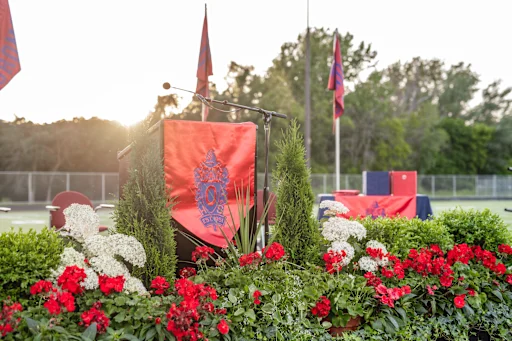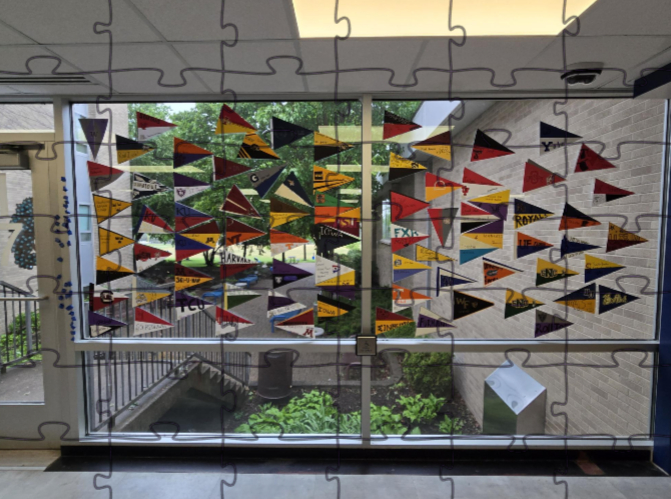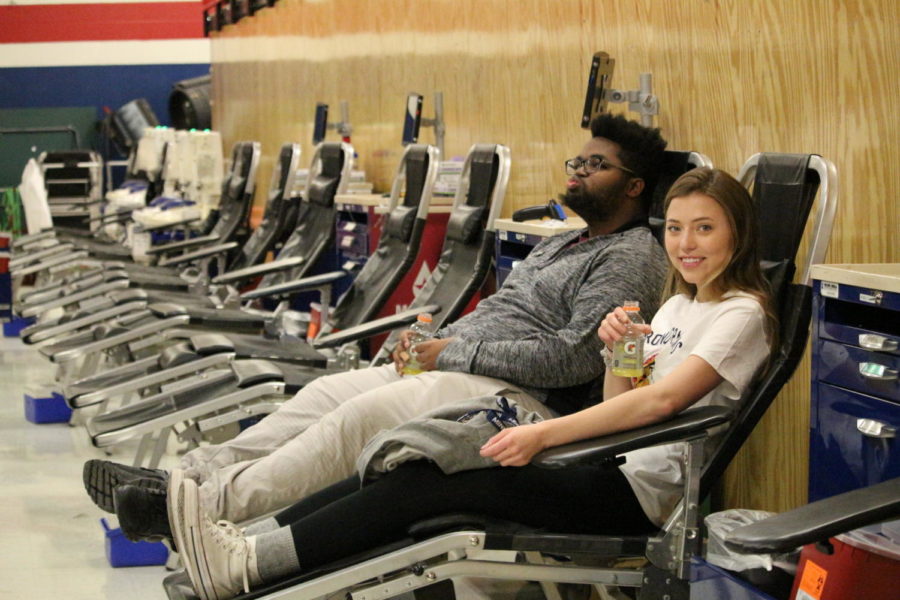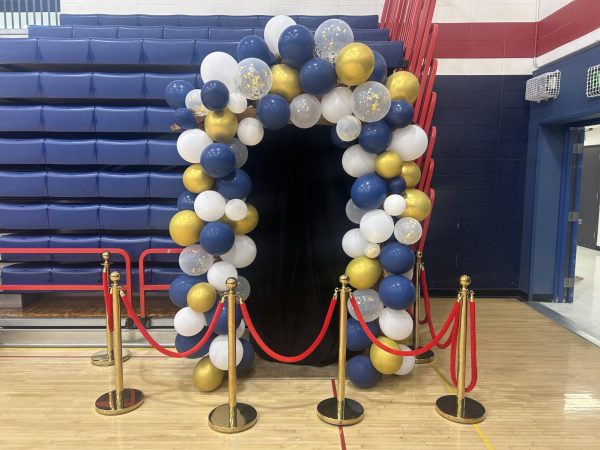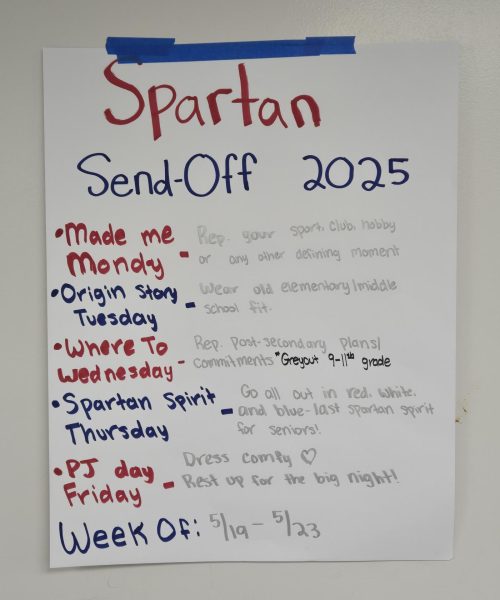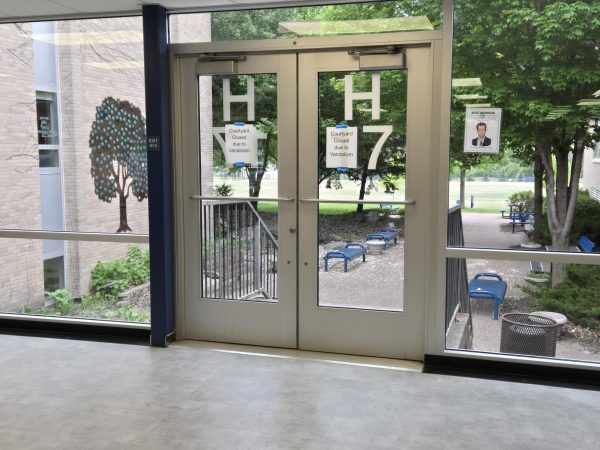Orono High School Starts March With A Student Blood Drive
Annika Sorenson
News Editor
Orono High School hosted a blood drive on Wednesday, March 6, the second blood drive of the 2018-2019 school year. The blood drive lasted throughout the day, allowing students to sign up and donate during their classes.
Orono Schools works with Memorial Blood Centers to put on the drive, which is hosted in the school’s mezzanine. Students have the opportunity to leave class during their donations, but otherwise the drive doesn’t interfere with student schedules.
The event is publicized during school lunches, with flyers on tables, and a table to sign up to donate by the cafeteria entrance. Students involved with organizing the blood drive make announcements to motivate donation during lunches. Peer social pressure or friend pressure can be an effective way to boost participation, according to doctor Joseph Ferrari. Sign ups ended on Monday, March 4.
“Donating with friends and lunch announcements can make people donate more,” senior Ana Shurson said.
There are 10 locations throughout Minnesota and northern Wisconsin where one can donate to Memorial Blood Centers, according to Memorial Blood Center’s website. However, for busy students participating in school and many extracurriculars, hosting a blood drive at the school can offer an easier opportunity to donate.
“A blood drive at the school motivates me to donate more,” senior Hanna Rose Harbison said, “it’s more accessible.”
Students must be 17 years old, or 16 with a parents’ permission, to donate. Memorial Blood Centers advise donors to eat a full meal with iron-rich foods before donation, stay hydrated, and get good rest before and after donation. People donate more frequently when they place importance on rest after donation, according to International Society for Blood Transfusion journal Vox Sanguinis.
Blood donations often go towards transfusions for those in need from surgery, injury, or disease, according to the Mayo Clinic. There are four types of donations that can be done: platelets, plasma, whole blood, and double red cells.
Depending on blood type, certain donations are needed more than others. This information can be found on Memorial Blood Center’s website, where there is a chart showing which blood donation is most needed. For example, for blood type A+, plasma and platelet donations are wanted.
For students, donating blood can be an easy and quick way to give back to the community. Donations can be used in cases ranging from heart transplants to prematurely born babies.
“[Blood donation] will save lives and hardly affect yours, ” teacher Paul Ivers said.
Different donation types have varying times participants should wait before donating again, however it’s advised that in general, those who donate more than twice a year should take iron supplements. Before any blood donation is taken, donors will have hemoglobin levels, the protein carrying iron through the blood, tested to make sure they will remain healthy after donating.
Although some students have experienced lightheadedness after donation, resting and eating properly can help combat this, and like the hemoglobin testing, donors will be evaluated to make sure the donation won’t be harmful. To help avoid negative effects, Memorial Blood Centers provides juice and snacks for donors.
Two blood drives a year gives students who didn’t donate in the fall, or those who want to donate again, more opportunities to do so. The blood drive offers opportunities for some students to get involved in organization, and some to lend aid to those in need.
“I donate blood, because it can be an important way to give back and help others,” Harbison said.

